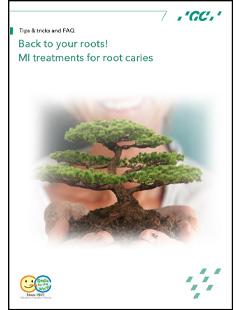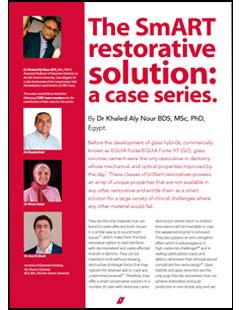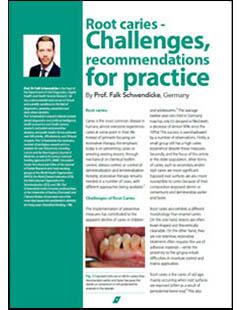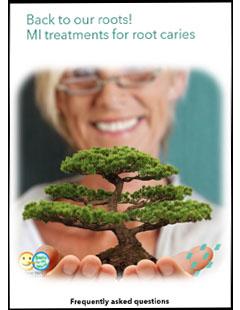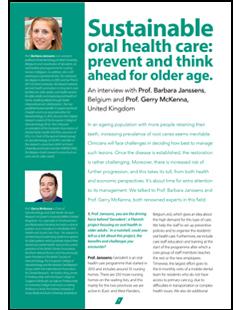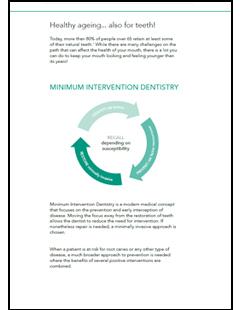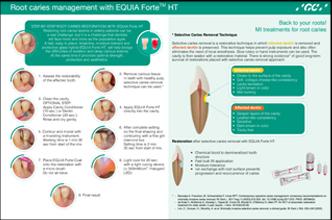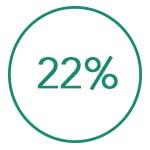


By 2050, 22% or
more of the European
population will be 70
years or older*.
Studies reveal that 4
out of 10 adults may
have root caries **.
Seniors of 65 years or
older retain on average
of 20.7 of their teeth***.
Due to the ageing society, the prevalence of root caries might even increase in the future. Help protect roots by identifying the presence and risk factors of root
caries in the early stage, by preventing it to develop or by restoring it in an adequate and minimally invasive way so that recurrence is reduced to a minimum.
Challenges
Because of the nature of root caries and the age of the affected patients, the treatment approach has its challenges:
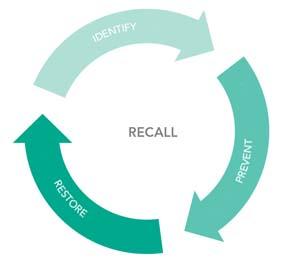
Solutions
Root caries is ideally suited to be identified, prevented, and treated with the Minimum Intervention principle.
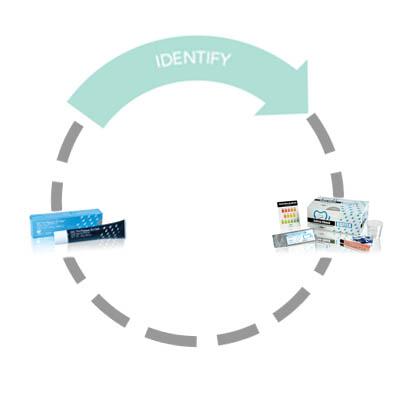
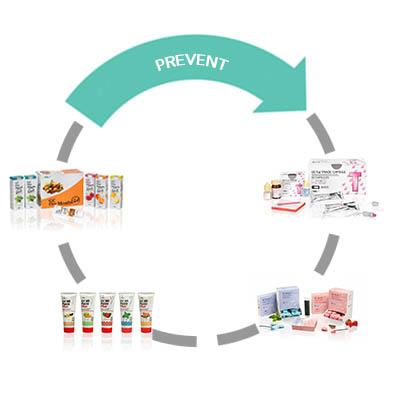
GC Saliva-Check BUFFER is a chairside test to evaluate the ability of the patient’s saliva to protect their teeth.
GC Tri Plaque ID Gel stains from pink to light blue to identify cariogenic plaque and its maturity. It helps motivate your patients and can optimise their brushing technique.
Fuji TRIAGE is a fluid glass ionomer which helps protect the teeth against caries and hypersensitivity.
MI Varnish is an enhanced fluoride varnish treatment with bio-available calcium and phosphate.
GC MI Paste Plus is a topical cream containing RECALDENT as well as fluoride. It increases remineralisation and helps relieve hypersensitivity.
GC Dry Mouth Gel is a pH neutral, sugar-free gel to give long-lasting comfort and to soothe symptoms of oral dryness.
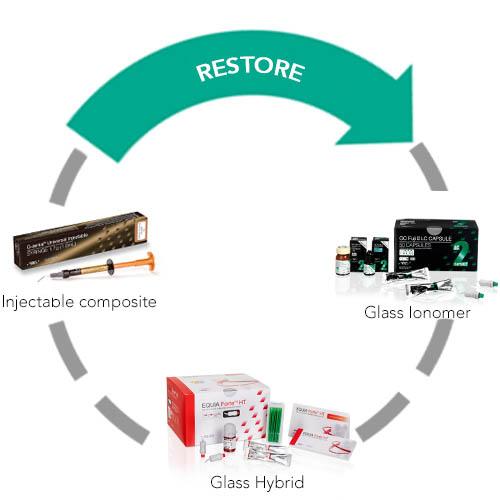
USE Fuji II LC when there is a decreased ability to cooperate
Fuji II LC, a light-cured resin-modified glass ionomer, is indicated where controlled speed and ease of use are priorities.
USE EQUIA Forte HT when there are active lesions
EQUIA Forte HT, a long-term glass hybrid restorative, adheres well to the root surface and is easy to contour. With its ion exchange capacity, it prevents demineralisation and stimulates remineralisation.
USE G-ænial Universal Injectable where aesthetics is of the essence.
G-ænial Universal Injectable is indicated when the lesion is non-carious or arrested. Its thixotropic viscosity is ideal to directly contour the restoration while injecting. It is highly aesthetic as it can be polished to a high gloss, which reduces plaque retention.
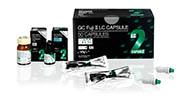
GC Fuji II LC
Aesthetics: ++
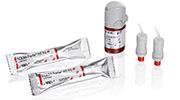
EQUIA Forte HT
Aesthetics: +
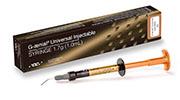
G-ænial Universal Injectable
Aesthetics: +++
Difficult
isolation
++
No rubberdam
needed
+++
No rubberdam
needed
+
Rubberdam
required
Difficult to
reach area
+
Powder/liquid &
capsule availibility
+
Only capsule
availibility
+++
Bendable tip &
thixotropic behaviour
Reduced ability
of patient to
cooperate
+++
Easy & fast
placement
+++
Easy & fast
placement
+
More time -
consuming placement
Difficult surface
to bond
+++
Chemical adhesion &
outstanding wettability
+++
Chemical adhesion &
outstanding wettability
+
Adhesive
agent required
Discover more about MI solutions in our article & video collection from experts across Europe
Videos
Articles and more ...
* https://www.who.int/news-room/fact-sheets/detail/ageing-and-health
** Pentapati et al. Global and regional estimates of the prevalence of root caries – Systematic
review and meta-analysis. Saudi Dent J. 2019; 31(1):3-15.
Published outline 2018 Nov. 30 doi: 10.1016/J. Sdenty/2018.11.008
*** National institute of dental and craniofacial research, USA


